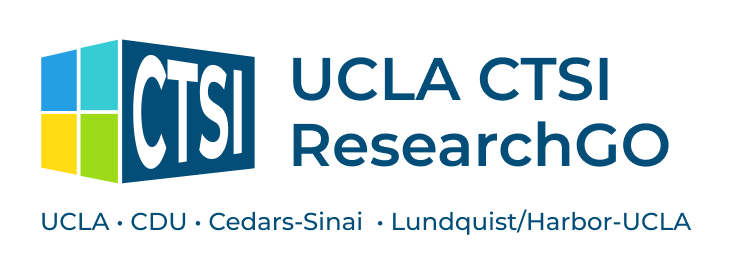Data & Safety Monitoring
The NIH requires data and safety monitoring for all types of clinical trials, including physiologic, toxicity, and dose-finding studies (phase I); efficacy studies (phase II); efficacy, effectiveness and comparative trials (phase III).
Monitoring should be commensurate with risks. The method and degree of monitoring needed is related to the degree of risk involved. A monitoring committee is usually required to determine safe and effective conduct and to recommend conclusion of the trial when significant benefits or risks have developed or the trial is unlikely to be concluded successfully.
Data Safety Monitoring Plans
Data and Safety Monitoring Plan (DSMP) is just one of the mechanisms used to ensure the safety of study subjects as well as maintain data validity, integrity, and scientific merit. The UCLA Human Research Protection Program requires an adequate Data and Safety Monitoring Plan (DSMP) for all interventional research studies involving greater-than-minimal risk. DSMPs depend upon many variables, such as the degree of risk, disease being studied, subject population, and number of sites where the research is being conducted. Complex DSMPs frequently include a Data Safety Monitoring Board (DSMB).
NIH Data Safety Monitoring Plan Information and Templates
To assist investigators in complying with the NIH data safety monitoring policy, please visit guidance and sample DSMP templates on the NIH website.
DSMP Checklist
- Primary and secondary outcome measures
- Inclusion/exclusion criteria
- Sample size
- List of participating enrolling clinics or data collection centers
- Projected timetable
- Target population distribution (e.g., women, minorities, etc.)Data acquisition and transmission
- Data entry methods
- Data analysis plan
- Quality assurance plan
- Reporting mechanisms of AEs/SAEs to the IRB, FDA, and NIDA.
- Reporting mechanisms of IRB actions to sponsor or funder
- Report of changes or amendments to the protocol
- Trial stopping rules
- Conflict of interest
- Potential risks and benefits for participants
- Collection and reporting of AEs and SAEs
- Management of SAEs or other study risks
- Plans for Interim Analysis of efficacy data
- Responsibility for data and safety monitoring
- Frequency of DSM reviews
- Content of DSM report
- DSM Board Plan (if applicable)
Plese contact the Office of Regulatory Affairs for more information.
